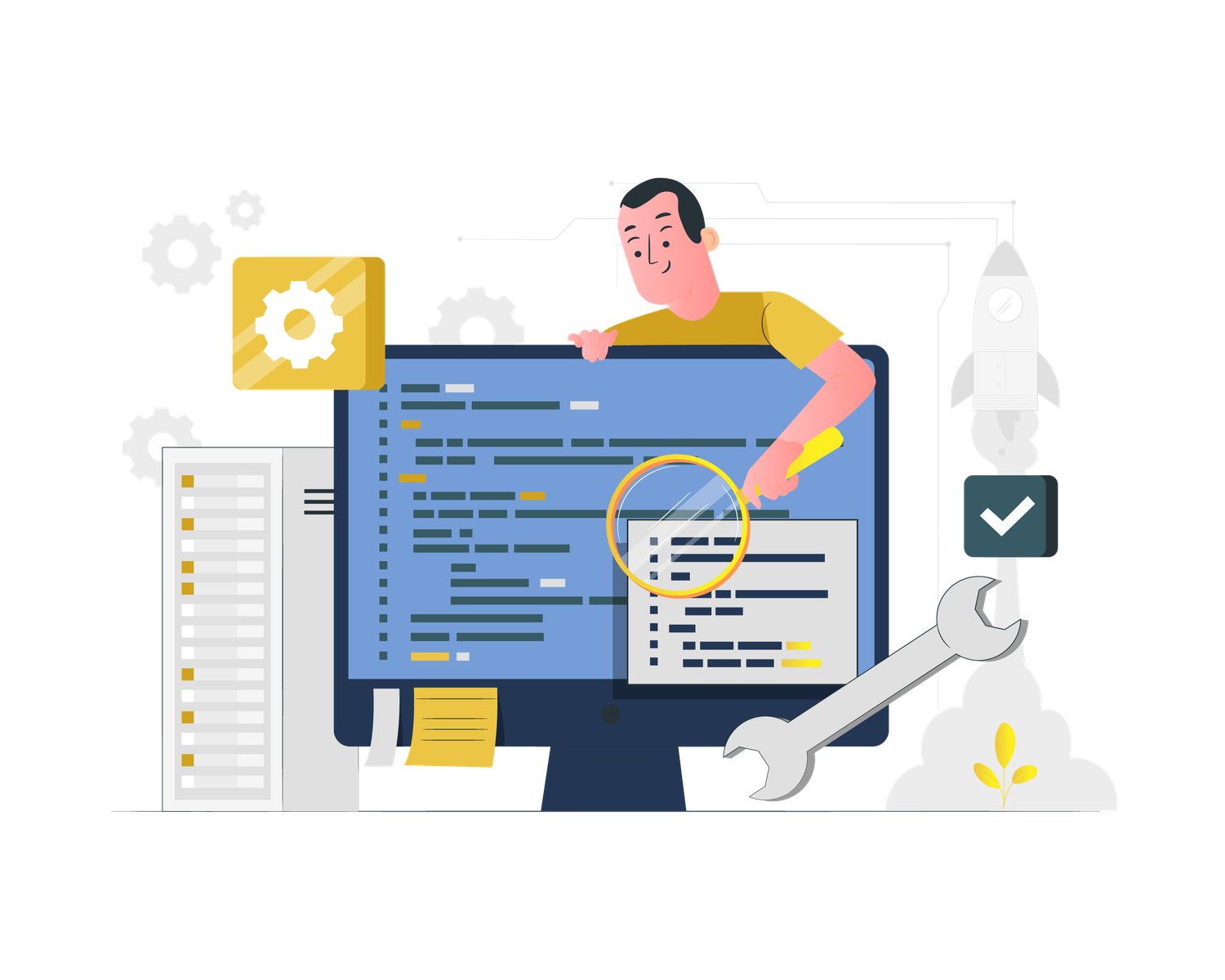From Spreadsheets to Systems
The Spreadsheet Trap
At first, spreadsheets feel like the perfect solution. Quick, simple, flexible, exactly what a small business needs to get off the ground. But over time, something shifts. What once helped you stay organized becomes the thing slowing you down. You’re managing orders, payments, customer lists, inventory, and staff schedules, all across 17 different spreadsheets. You’re double-checking formulas, manually updating numbers, and emailing versions back and forth.
Sound familiar? You’re not alone.
95% of small businesses still rely heavily on spreadsheets for day-to-day operations (Forbes, 2023). The problem is: spreadsheets are great for starting… but terrible for scaling.
The Hidden Costs of Sticking with Spreadsheets
It’s not just about being “old-fashioned.” Spreadsheets create real, measurable risks:
- Human Error: Studies show that 88% of spreadsheets contain errors (University of Hawaii, Panko Research).
- Wasted Time: Manually entering, checking, and fixing data can burn up 10–20 hours every week for small teams (McKinsey), totaling 520–1040 hours per year — equivalent to six months of full-time work lost.
- No Real-Time View: When information is scattered across multiple files, you lose sight of the big picture.
- Security Risks: Spreadsheets aren't secure, auditable, or scalable.
In short: spreadsheets might feel free, but they cost you in ways you don’t always see.
Why Replacing Spreadsheets with Multiple Tools Isn’t the Solution Either
Today, for every task you manage in a spreadsheet — orders, payments, inventory, staff schedules — there's a specialized app or software ready to help. And while these tools are powerful, relying on too many different systems can recreate the same chaos as spreadsheets:
- Multiple disconnected systems
- Manually syncing data across apps
- Losing time switching between platforms
- No full, real-time view of your business
According to RingCentral, 69% of workers waste up to an hour daily switching between apps, and 68% miss critical updates because systems aren’t properly connected. The real fix isn’t just using more software.
It’s choosing an integrated system that connects your key operations seamlessly, sales, orders, inventory, finances, and HR, without creating new digital messes. Real efficiency doesn’t come from more tools, it comes from smarter, connected systems.
If you want a deeper look at the hidden risks of using too many tools, check out our full article: The Hidden Costs of Managing a Business with Too Many Tools.
Why Moving to a System Feels Overwhelming
If spreadsheets cause so much friction, why do so many businesses stick with them?
Three common fears hold people back:
- Fear of Change: "It's what we've always used."
- Fear of Cost: "New systems must be expensive."
- Fear of Disruption: "We can’t afford the downtime."
Transitioning smartly is safer and faster than fixing spreadsheet mistakes forever.
How to Transition Without Losing Your Mind
Here’s how to move forward without overwhelming your team or breaking your workflow:
Step 1: Map Your Current Workflows
Before choosing any new system, map what your team actually does today.
You don’t want to automate broken processes — you want to clean them up first.
Step 2: Start with the Essentials
Don't try to digitize everything at once.
Focus first on core operations: sales, orders, inventory, finances.
Step 3: Test, Improve, Train, Then Go Live
- Test first: Pilot the system with a small group.
- Improve fast: Collect feedback and fix issues before full rollout.
- Train smart: Ensure your team knows how to use the system effectively.
- Then Go Live: Expand gradually with small wins.
What Happens After the Transition
Businesses that move from spreadsheets to smart systems see real results:
- 30%–60% less time wasted on manual tasks (McKinsey).
- Manually checking and fixing data burns 520–1040 hours yearly — the equivalent of up to six months of full-time work lost.
- Faster decision-making because data is live and centralized.
- Happier teams and customers, less frustration, faster service.
You stop working for your systems. Your systems start working for you.
Final Thought: Spreadsheets Get You Started — Systems Get You Scaled
Spreadsheets are great for starting small. But scaling demands systems that grow with you, systems like Squarely that simplify, not complicate. The sooner you move, the easier you make future growth.
“You can’t scale yesterday’s tools into tomorrow’s business.”
If you're still running your operations from a spreadsheet, maybe it’s not about working harder. Maybe it’s time to work smarter and if you ever want a second opinion, we’re happy to support you get touch for a free consultation

